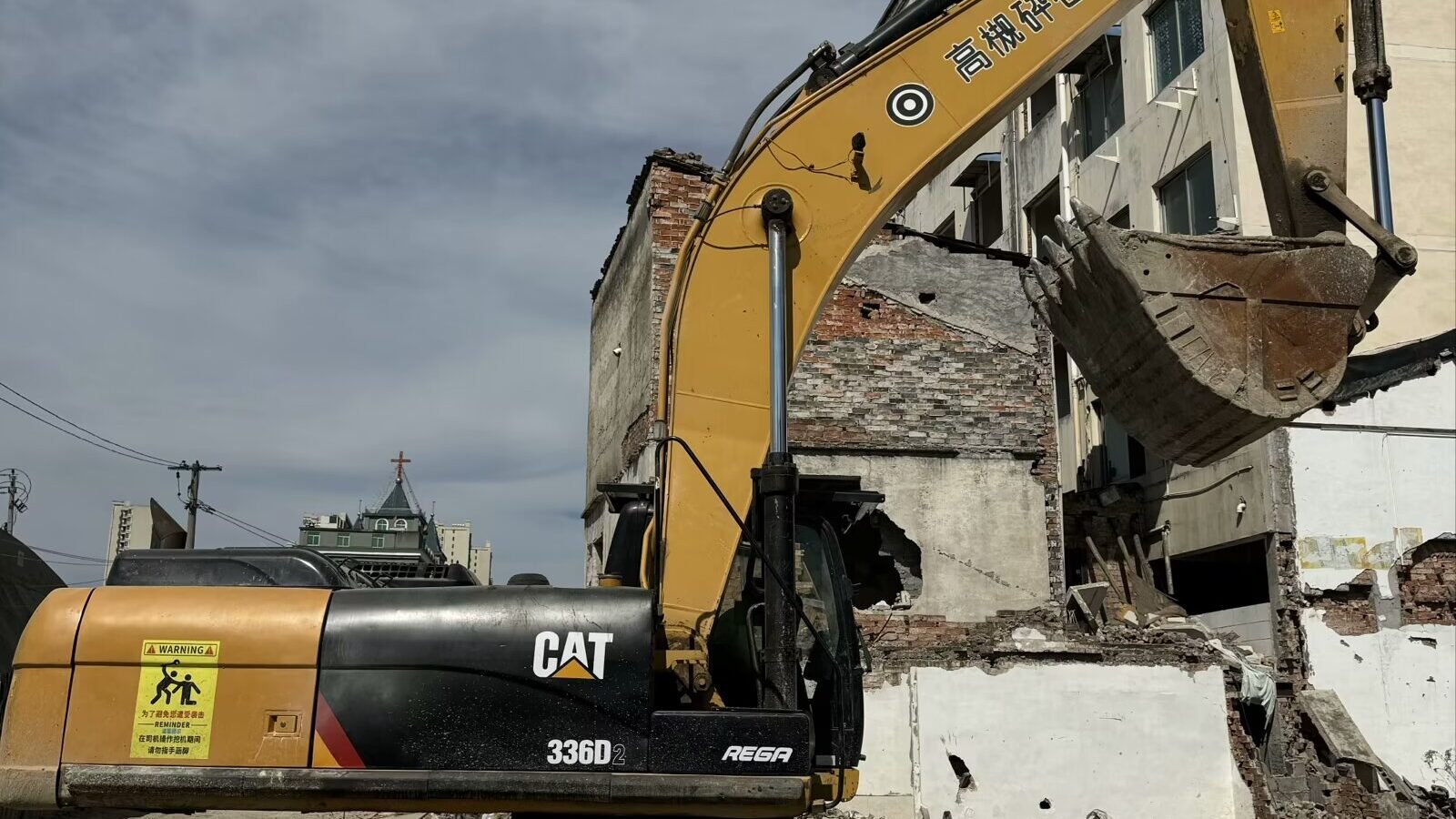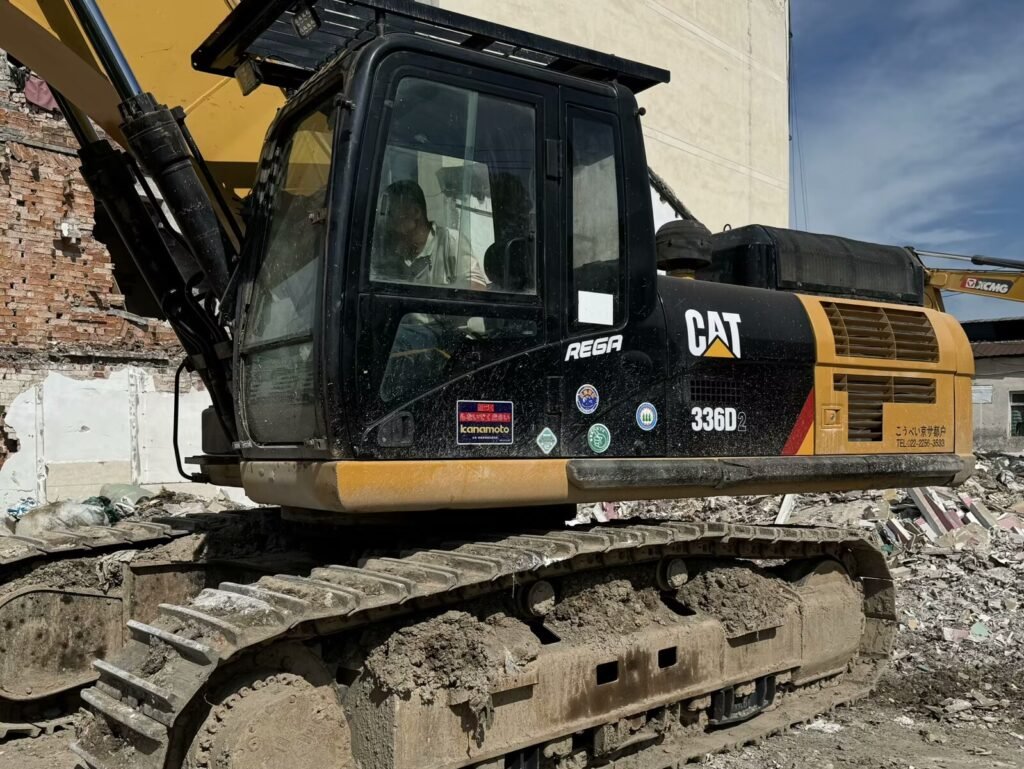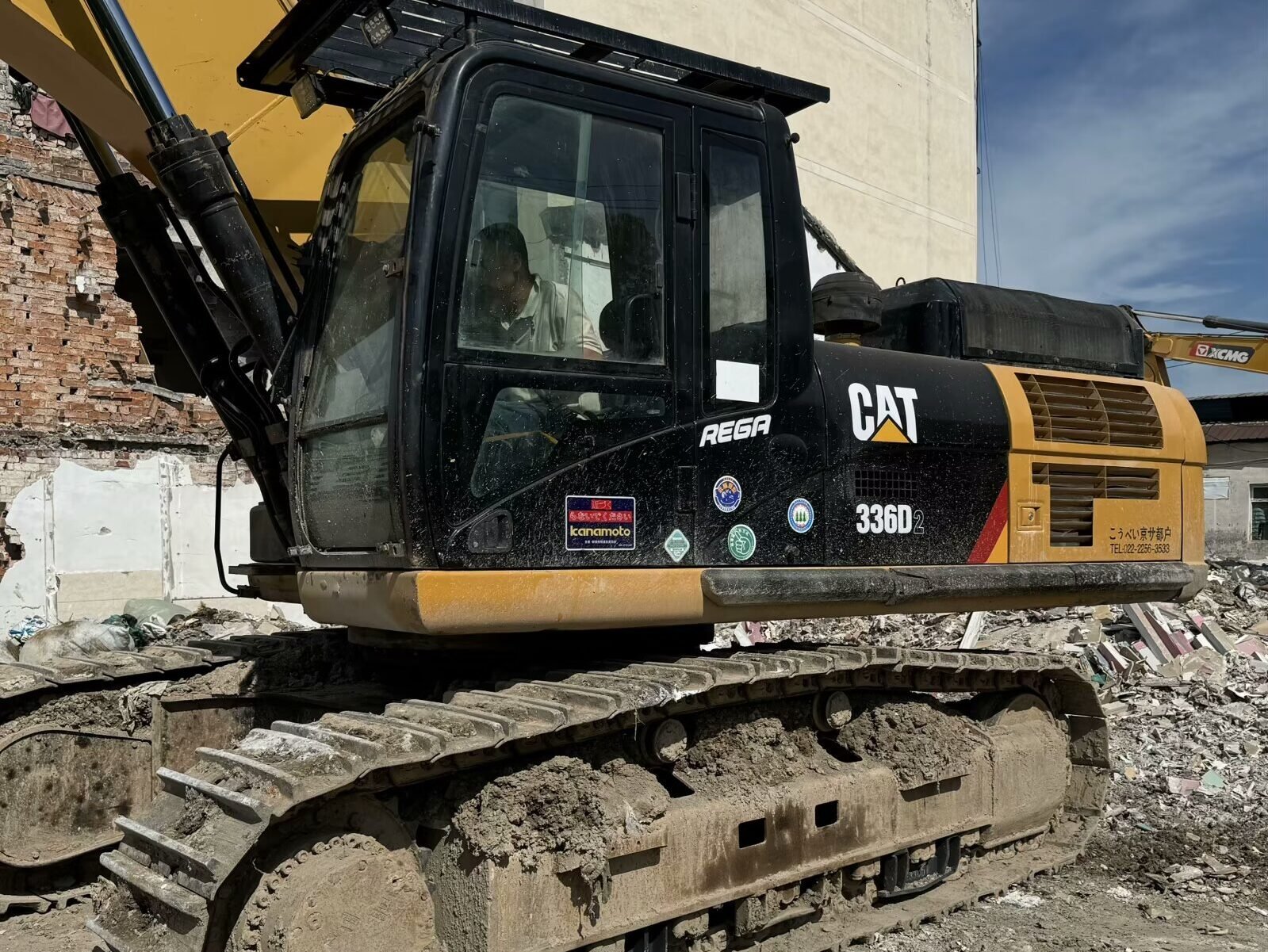I. Introduction
A. Importance of Imported Excavators
Imported excavators play a crucial role in modern engineering projects. They not only enhance construction efficiency but also handle complex earthmoving and infrastructure tasks. Given their high value and specialized nature, ensuring their safe transportation is vital to avoid potential financial losses and project delays.
B. Complexity of Logistics Transportation
The logistics transportation process involves multiple stages, including loading, transport, unloading, and customs clearance. Throughout this process, various challenges may arise, such as weather changes, traffic congestion, and customs issues, all of which can lead to delays or damage to the equipment. Therefore, developing effective logistics solutions is essential.
II. Preparation Before Transportation
A. Choosing the Right Logistics Provider
Selecting an experienced and reputable logistics provider is key to successful transportation. Evaluate different companies based on their service range, past performance, and customer reviews to ensure they have the capability to handle heavy equipment transport. Additionally, consider establishing long-term partnerships with logistics providers for better service and support.
B. Determining the Best Transportation Method
Choose the most suitable transportation method based on project requirements, budget, and time constraints. Sea freight is typically suitable for large quantities and long distances, offering a lower cost but longer transit time. Air freight is ideal for urgent equipment needs, despite the higher cost, while land transport is flexible for cross-border shipments or short-haul deliveries. Weigh the pros and cons of each method to select the best fit for specific needs.
III. Loading and Packaging
A. Proper Loading Methods
Ensuring that the excavator is loaded securely and safely before transportation is critical. Use specialized equipment and techniques for loading, ensuring that the center of gravity is balanced to prevent tilting or sliding during transit. If necessary, employ securing devices and straps to enhance the stability of the equipment.
B. Packaging Materials and Techniques
Choosing the right packaging materials and methods can effectively prevent damage during transport. It is recommended to use moisture-resistant and shock-absorbent materials to ensure all parts of the excavator are well-protected. For special components, such as hydraulic systems and electrical controls, additional protective measures should be taken to ensure their safety during transportation.

IV. Monitoring During Transportation
A. Real-Time Tracking Technology
Modern logistics technology offers real-time tracking systems that allow for transparent monitoring of the equipment’s location and status throughout the transportation process. Using GPS and Internet of Things (IoT) technology, transport progress can be monitored continuously, enabling prompt identification of potential issues and necessary corrective actions.
B. Regular Communication and Coordination
Maintaining regular communication with the logistics company is crucial for ensuring smooth transportation. Frequently check transport status and address potential issues, such as weather changes or traffic delays, to ensure that the equipment arrives on time.
V. Inspection and Receipt Upon Arrival
A. Inspection Process at Destination
Once the excavator arrives at its destination, conducting a thorough inspection is an important step in ensuring the equipment is intact. Check the appearance, functionality, and all components of the equipment to confirm that no damage occurred during transit, and document any issues found for further action.
B. Document Review
Ensuring that all transportation-related documents are complete is key to avoiding subsequent problems. Review relevant documents, including transport contracts, customs clearance paperwork, and insurance documents, to ensure all paperwork complies with regulations for a smooth receipt process.
VI. Solutions for Addressing Transportation Risks
A. Strategies for Handling Delays
Transportation delays can impact project timelines, so it is important to develop response strategies. Consider adjusting the transport plan, such as selecting alternative routes or rescheduling the loading and delivery of goods, to minimize the impact of delays.
B. Emergency Measures for Equipment Damage
Establish an emergency plan to ensure a swift response and resolution in the event of equipment damage. This should include contact information for logistics providers, insurance companies, and repair service providers to facilitate timely support when needed.
VII. Conclusion
A. Key Factors in Ensuring Safe and Timely Transport
Summarize the key factors in ensuring that imported excavators arrive safely and on time, including selecting the right logistics provider, choosing an appropriate transportation method, and implementing effective monitoring measures. These factors work together to ensure the equipment arrives smoothly while minimizing potential risks.
B. Recommendations for Ongoing Support and Services
Emphasize the importance of ongoing support and services to ensure the long-term use and maintenance of the equipment. It is advisable to establish long-term partnerships with logistics providers for better service and support in future transports. Additionally, regular maintenance and inspection of equipment should be conducted to ensure optimal performance and safety during use.



